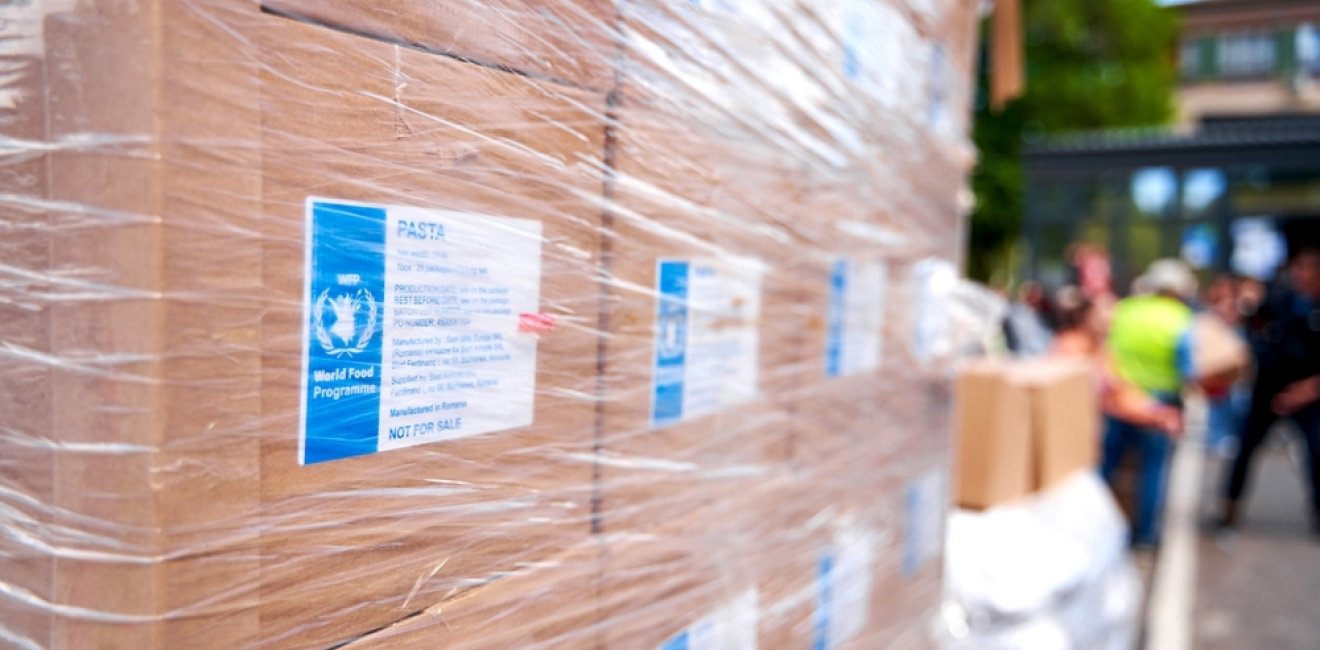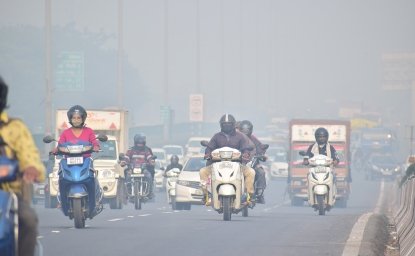
A blog of the Wilson Center

In 2022, the number of people in humanitarian need hit record levels. And, while spread across 60+ countries, more than half of those in need resided in just ten countries. What’s more, two-thirds of the global humanitarian response came from just three donors.
Since 2010, researchers at Development Initiatives, a UK-based international organization “harnessing the power of data and evidence to end poverty, reduce inequality, and increase resilience,” have released an annual Global Humanitarian Assistance Report capturing the state of the world’s humanitarian needs. In the opening pages of its 2023 report, which covers the year 2022, it warns that the data “paints a picture of a humanitarian system overwhelmed.”
On the hunger front, it reports that nearly 270 million people faced “crisis level acute food insecurity” in 2022—more than double the number in 2019. The World Food Program now has offices in more than 120 countries and territories, where they provide life-saving food to those in greatest need and try to strengthen food-producing capacity. On the displacement front, the UN High Commissioner for Refugees reported that over 108 million people were forcibly displaced in 2022, which included a surge in refugee families forced in motion by Russia’s brutal invasion of Ukraine.
A closer look at the data offers two essential points that policymakers and political leaders need to keep in mind as they look toward the future.
First, in 2022, 52% of individuals described as “in need of humanitarian assistance” were located in just 10 countries, and most of the need was due to protracted crises. Of the 10, 6—Yemen, Syria, Democratic Republic of Congo, Afghanistan, Venezuela, and North Korea—have each had more than 10 million people in humanitarian need every year since 2019, with each crisis in large part driven by human-made conflict and regime tyranny.
Second, and just as striking, a significant portion of the world’s response to humanitarian need comes down to a small number of countries. 64%—nearly two-thirds—of all public humanitarian assistance came from just three donors: the United States, Germany, and the European Union. In 2022, 97% of the public response came from the top 20 donors, and the US alone accounted for 39% of the financial contributions. As noted in previous Stubborn Things posts, what is most remarkable (and shameful) is the list of countries that don’t make 2022’s top 20 donors—namely China and Russia.
In other words, while humanitarian need is found in nearly every corner of the world, and its causes can be beyond our control (devastating earthquakes in Indonesia and Afghanistan as well as floods in Nigeria and Pakistan come to mind), a small number of human-driven crises are causing a large part of the world’s misery. Address those, and the level of need—and suffering—would be significantly lower.
Furthermore, more nations need to lend a helping hand. It isn’t sustainable—nor is it ethical—for just a handful of countries to carry this much of the burden. While the world’s top 20 public donors in 2022 should be recognized, even praised, for doing more, the world’s public pledges of support continue to routinely fall short of UN-coordinated humanitarian appeals.
As Development Initiative’s Global Humanitarian Assistance Report concludes, “In 2022, the shortfall in humanitarian funding reached a record high.”
In many ways, it comes down to supply and demand. World leaders should tackle the demand side by addressing the protracted crises named in the report. More nations should address the supply side by contributing humanitarian assistance for those in need.
This blog was created with the assistance of Caroline Moody and Katherine Schauer.
Author

Explore More in Stubborn Things
Browse Stubborn Things
Spying on Poachers

China and the Chocolate Factory

India: Economic Growth, Environmental Realities
